10X Affordability
For a century, the leading edge of medicine was always invented for rich countries, and slowly trickled down to poor countries. The developing world got the hand-me-downs—everything from medical school training to diagnostic equipment to clinical practices lagged some number of years behind the newest innovations. Modeled on our system, developing-world systems were always playing catch-up, perpetually forced to compromise by the lack of money.
BUT THAT STORY IS CHANGING
Fired up by grants from the Gates Foundation and other NGOs, first-world inventors are now designing new ultra-low-cost products aimed straight for the developing world. Hackathon projects are turning into startups with solutions for third-world medical needs such as malaria, HIV and cervical cancer prevention. At the same time, local innovators in the developing world have been energized to invent their own solutions for low-resource settings. The benefits have been astounding:
-
01Maternal mortality has been cut in half, partly due to widespread distribution of 40-cent medical kits to prevent infections.
-
02Infant mortality has been cut in half.
-
03Cervical cancer can be cut by a third with a simple test using common vinegar to check for lesions.
Much of Africa skipped landlines and went straight to wireless. Africa also leapfrogged branch banking and ATMs, adopting mobile banking and micro- credit earlier than the developed world. In a similar way, much of the underdeveloped world has never seen a hospital, and barely ever seen a doctor. But a radically different, low-cost, leapfrog medical system is emerging. As it improves, we will inevitably ask, “Is there anything they’ve figured out that we should learn from?”
Rich countries can learn a great deal about health and human services from poorer ones… Combining the learning from rich and poor countries can give us new insight on how to improve health.
Lord Nigel Crisp
former CEO, UK National Health Service
OUTFITTING DISTRIBUTED MEDICAL CENTERS ACROSS THE DEVELOPING WORLD IS ABOUT TO BECOME 10x MORE AFFORDABLE
Though considered inferior now, these low-cost technologies will evolve rapidly and improve in quality.
FIRST-WORLD STANDARD OF CARE V.S. 10x AFFORDABILITY (OR MORE)
$2,000Charge for anesthesia | $200Per procedure with anesthesia robot | |
$3,000Blue light phototherapy machine for jaundiced babies | $350Machine from D-Rev which uses LEDs that last 10 times longer than CFL bulbs | |
$3,000–$40,000Ventilators | $300OneBreath ventilator that runs on a 12-volt battery | |
$1,100Vacuum pressure wound therapy kit to speed healing | $3Hand pump developed for disaster relief teams | |
$15,000GE MAC 5500 HD ECG machine | $388GE MAC i ECG machine | |
$20,000Premature infant incubator | $25Embrace infant warmer that’s “recharged” by submerging in hot water | |
$50,000Molecular microscope | $3,500Mobile ultrasound system for midwives, or $500 smartphone attachment | |
$115,0004-D ultrasound systems | $300Butterfly’s ultrasound-on-a-chip smartphone attachment. | |
$1,500,000MRI machines that rely on huge superconducting magnets, so have to be housed in special suites | $50,000Ultra-low-field MRIs, operating at 6.5 millitesla, which use 450x less power | |
The network for a new hospital today is built with 192 strands of fiber and 29,000 Cat 6 drops; TIA-1179 shielded network cable to every workstation. | Mesh wifi connected to urban hubs via 5G |
LAB-ON-A-CHIP DIAGNOSTICS
In many countries, clinics have the drugs to treat a disease but lack the diagnostic tools to screen patients for treatment. For instance, the survival rate of breast cancer patients in low-income countries is half what it is here, due to lack of affordable early diagnostics.
Recent advances in microfabrication and nanofabrication have powered the invention of single-use chip tests that replace traditional laboratory synthesis and chemical analysis. These chips, which can be printed in high volume, come packed with micro-scale pumps, capillary channels and reagents for less than a few dollars per chip. They produce results at the point of care rapidly, and can be used in physicians’ offices, in the field or even at home.
- 274 companies are contributing to the market with their expertise.
- Inkjet printers using nanoparticle ink can produce tests for 1 cent each.
- Dr. Aydogan Ozcan at UCLA has invented a lab-on-a-chip cytometer for $5 to help the 90% of people with HIV who have never been tested for the disease.
CAPABILITIES THUS FAR
-
01
YEAST CELL VIABILITY
-
02
METASTATIC CELL DETECTION
-
03
GOUT DIAGNOSIS
-
04
ENZYME ASSAYS
-
05
TARGETED DNA SEQUENCING
-
06
ANTIMICROBIAL RESISTANCE
-
07
EBOLA
-
08
DENGUE AND YELLOW FEVER
